Identity and Balanchine’s Jewels open at the Sydney Opera House
The Australian Ballet has marked its 60th anniversary in style, with two world premieres and an ultra-glamorous modern classic.
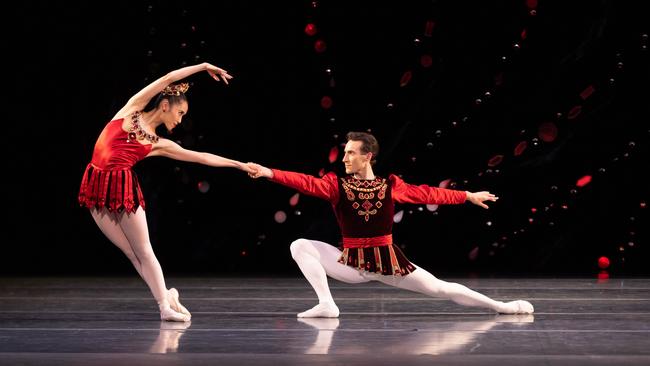
The Australian Ballet had a great week. It was a testing one too. In a kind of mini-festival to celebrate the company’s 60th anniversary it opened three works in the space of two days, each new to the dancers and completely different in style.
Contemporary dance (and dancers) rubbed shoulders with contemporary ballet. There was neo-classical giant Balanchine, a category unto himself. Former principal artists of the Australian Ballet returned to the stage to prove that true stardom never fades and two Australian composers were commissioned to write for the Identity double bill.
There was a lot going on.
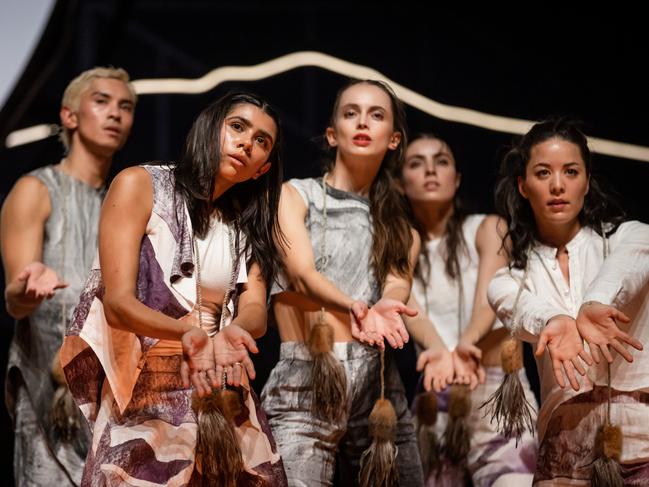
In Identity, which was first out of the blocks, Daniel Riley’s The Hum was a mesmerising mix of sight, sound and the much more elusive but powerful evocation of belonging and sharing.
The intensity of Matthew Adey’s visuals and the high drama and vibrant colours of Deborah Cheetham Fraillon’s superb score were as vital to the experience as Riley’s often swarm-like movement for a large group that included his own Australian Dance Theatre company, among them the extraordinary Zachary Lopez.
For Identity’s second half, Paragon, resident choreographer Alice Topp coaxed a dozen dazzling alumni out of retirement to join the current crew in a kind of living scrapbook of memories. Paragon was over-busy but there was pleasure in rediscovering artists and images from the company’s history and the women alumni in particular were divine.
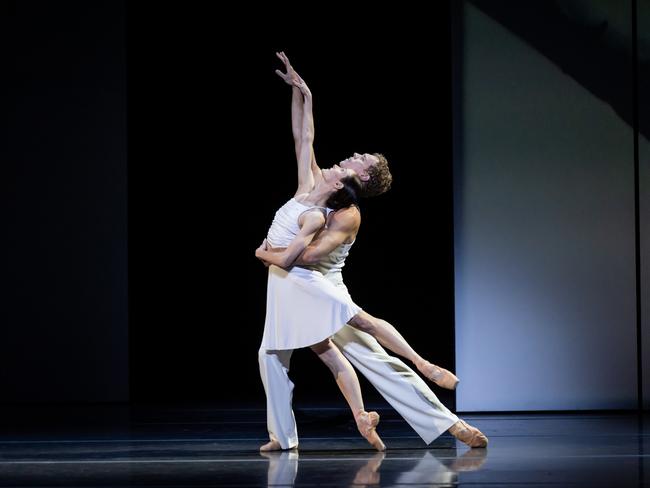
Paragon was danced to Christopher Gordon’s plush, romantic, nostalgia-drenched music. Its tone suited Topp’s theme of looking back even if there wasn’t always a sense of fundamental alignment with the movement. Perhaps the concert hall calls. The Opera Australia Orchestra under Nicolette Fraillon’s direction certainly made a strong case for Gordon as it did for Cheetham Fraillon.
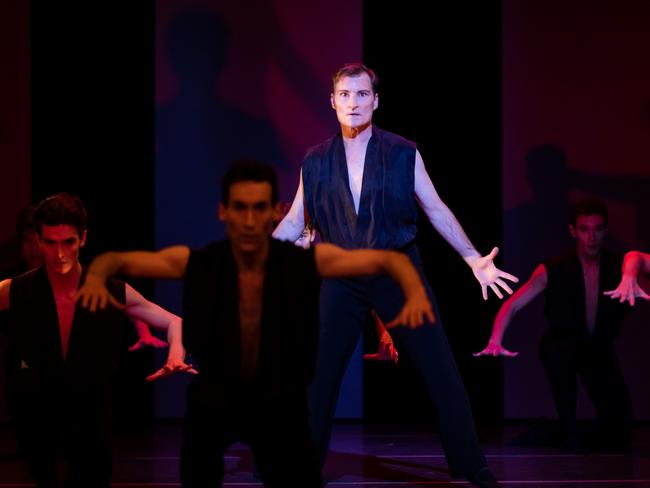
Just 48 hours after Identity came the drop-dead glamour of George Balanchine’s Jewels, a triptych made for New York City Ballet in 1967 and a must-have for top-tier companies. There’s no narrative, only mood, atmosphere, suggestion and, if the gods are smiling, a feast of extraordinary dancing.
This necklace of dances inspired by precious stones can be taken apart and each done separately – Rubies is a big favourite – but the effect is greatly magnified when done together as intended.
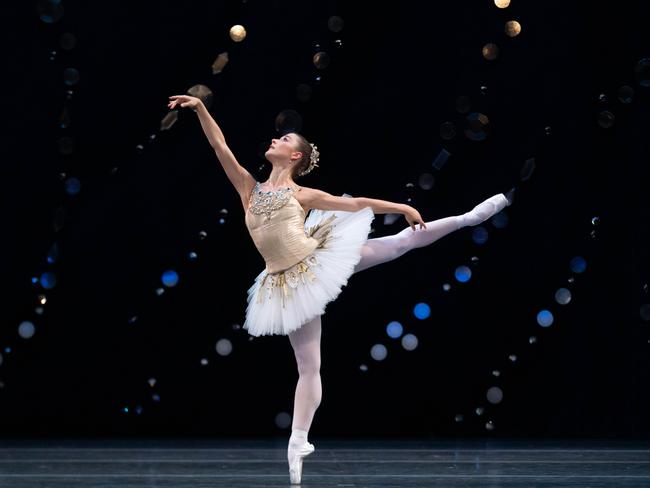
Emeralds is, if you like, a walk in a mysterious, enchanted forest to the gentle sounds of Faure. Fizzy, showbizzy Rubies is ballet dialled up to 15 and powered by Stravinsky. Diamonds pays glorious tribute to the Russian Imperial era and to Tchaikovsky. Daniel Capps, who as NYCB resident conductor knows his Balanchine, guested in the pit.
Opening night honours went to Ako Kondo and Brett Chynoweth as the Rubies lead couple. They made light work of the ferociously fast choreography, making it look fun, sexy, witty and improbably easy. I’ve not seen it done better anywhere. In Diamonds, Benedicte Bemet was the epitome of the unattainable, unknowable object of desire and Sharni Spencer floated like gossamer in Emeralds, as did senior artist Imogen Chapman.
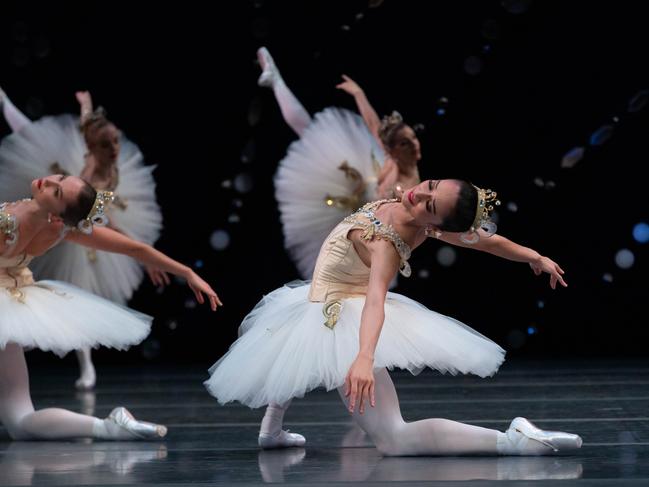
In Sydney Identity and Jewels are being staged in repertory, meaning they can been seen in close and fruitful proximity to one another. In Melbourne the seasons will be consecutive in the usual manner. You win some, lose some. Melbourne does have the advantage of a larger stage on which Jewels, in particular, will shine even more brightly.
Identity and Jewels are performed in Sydney until May 20. In Melbourne Identity runs from June 16-24 and Jewels from June 29-July 8.

To join the conversation, please log in. Don't have an account? Register
Join the conversation, you are commenting as Logout